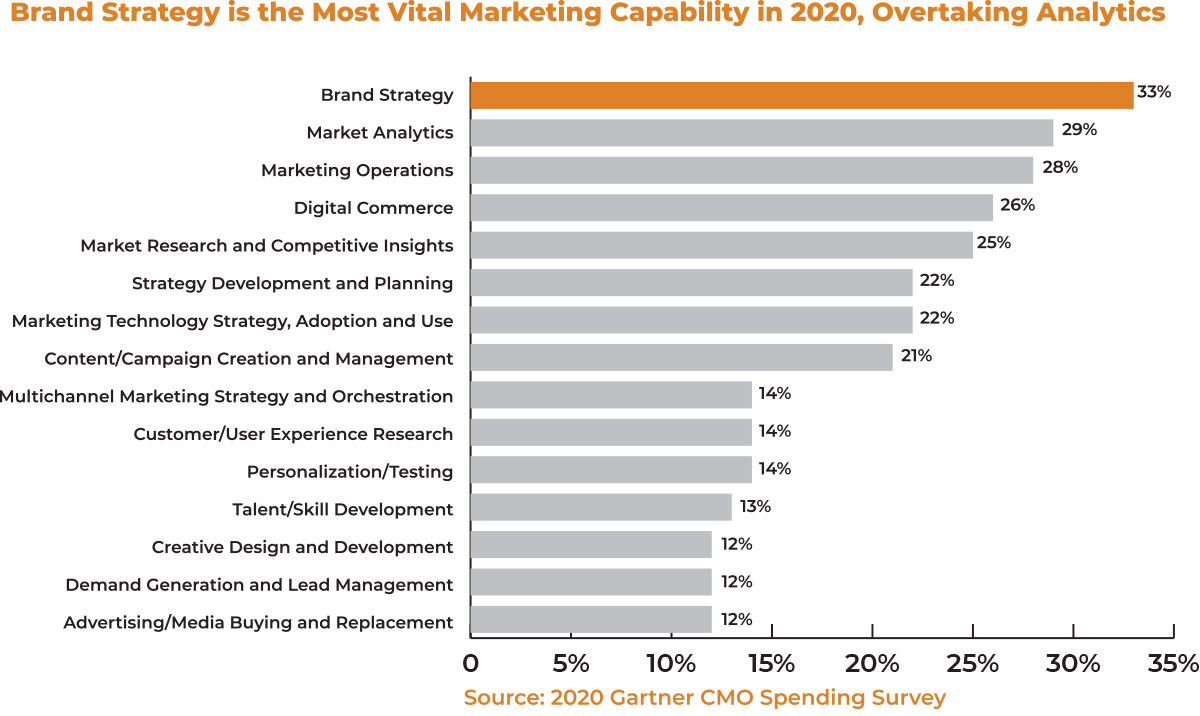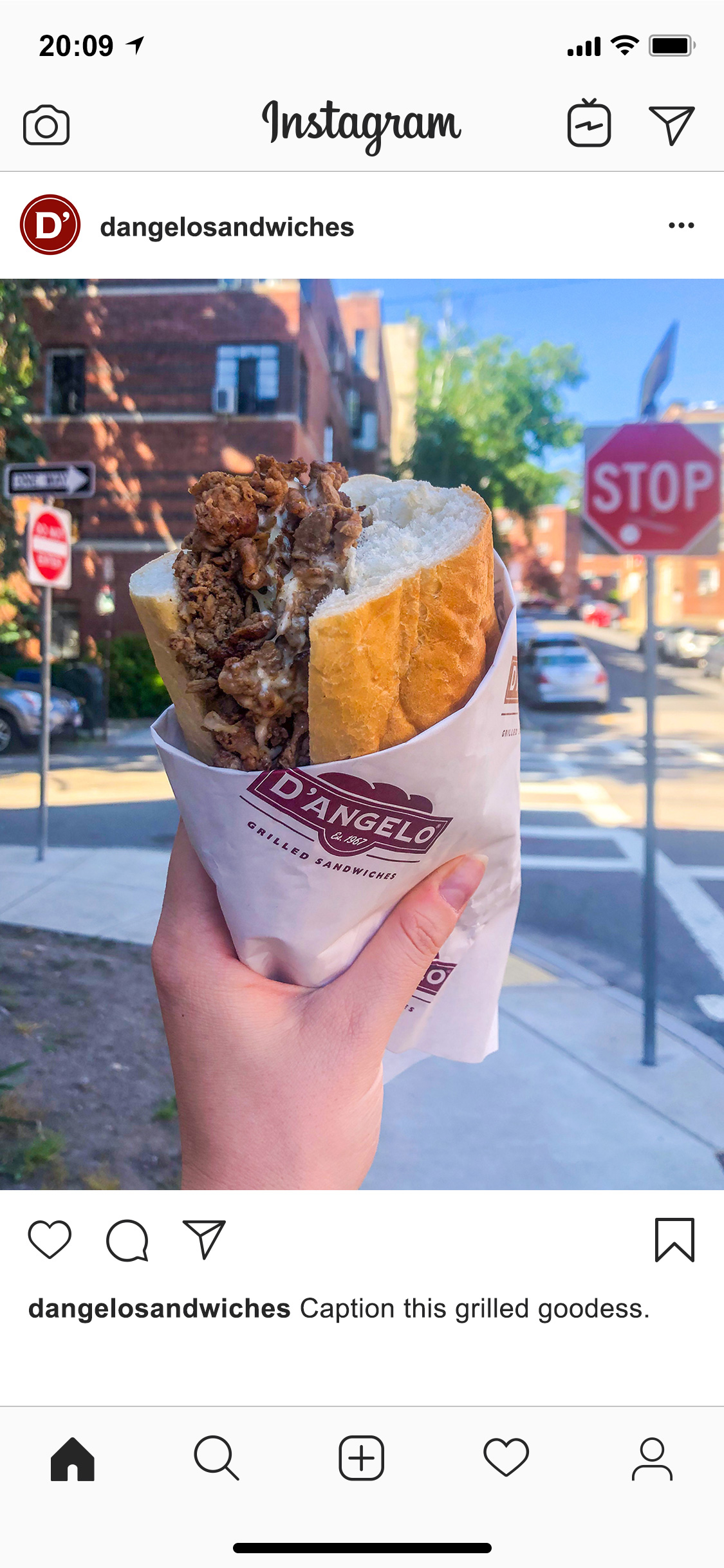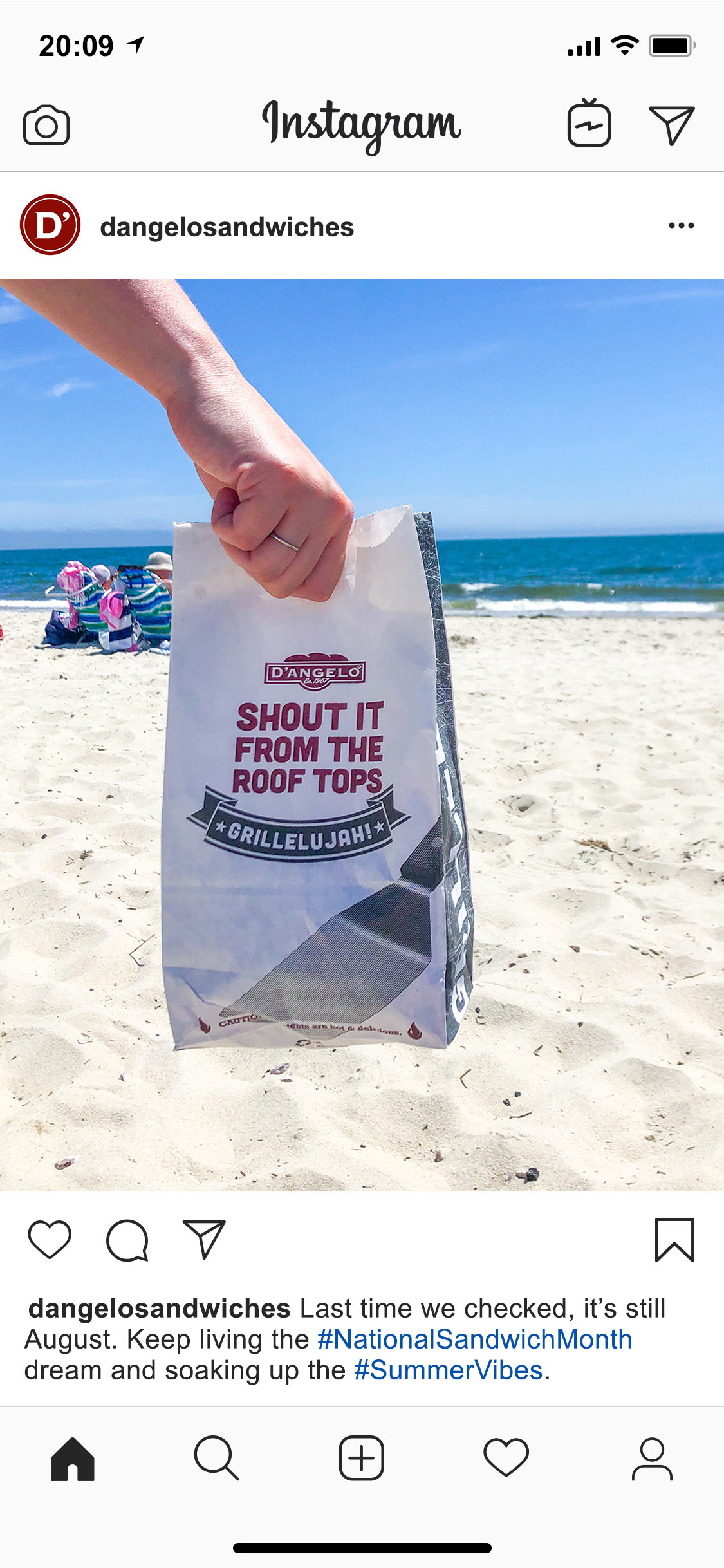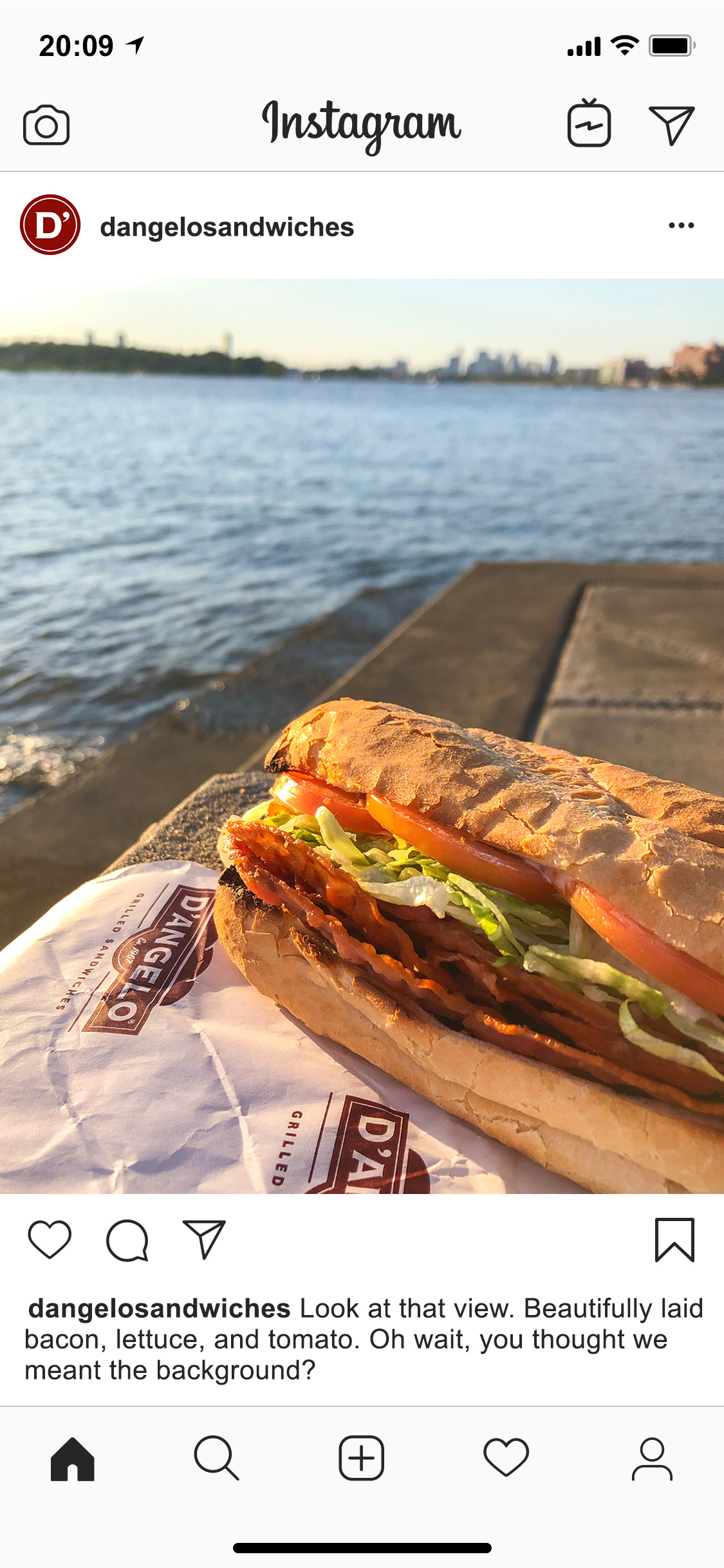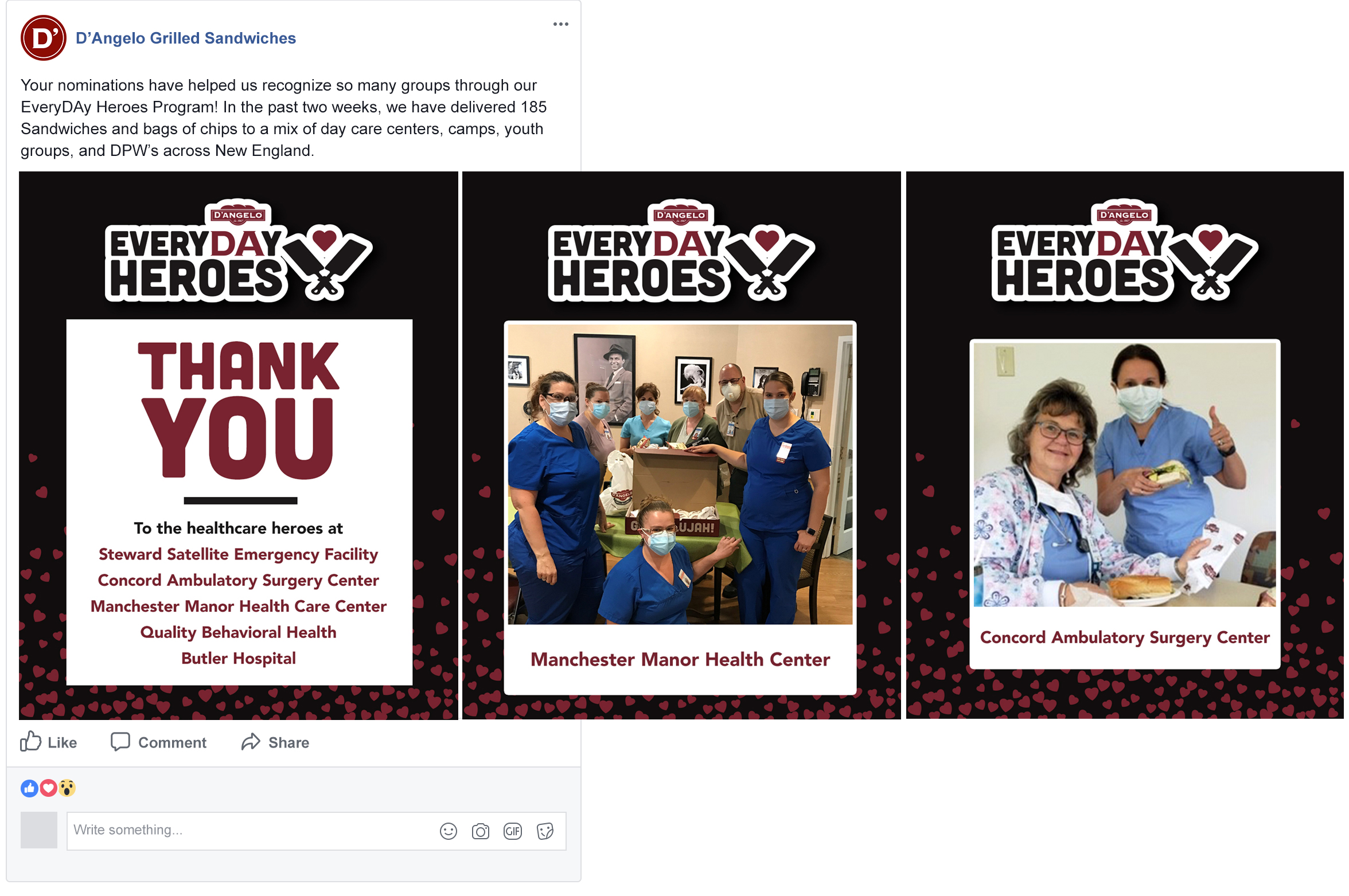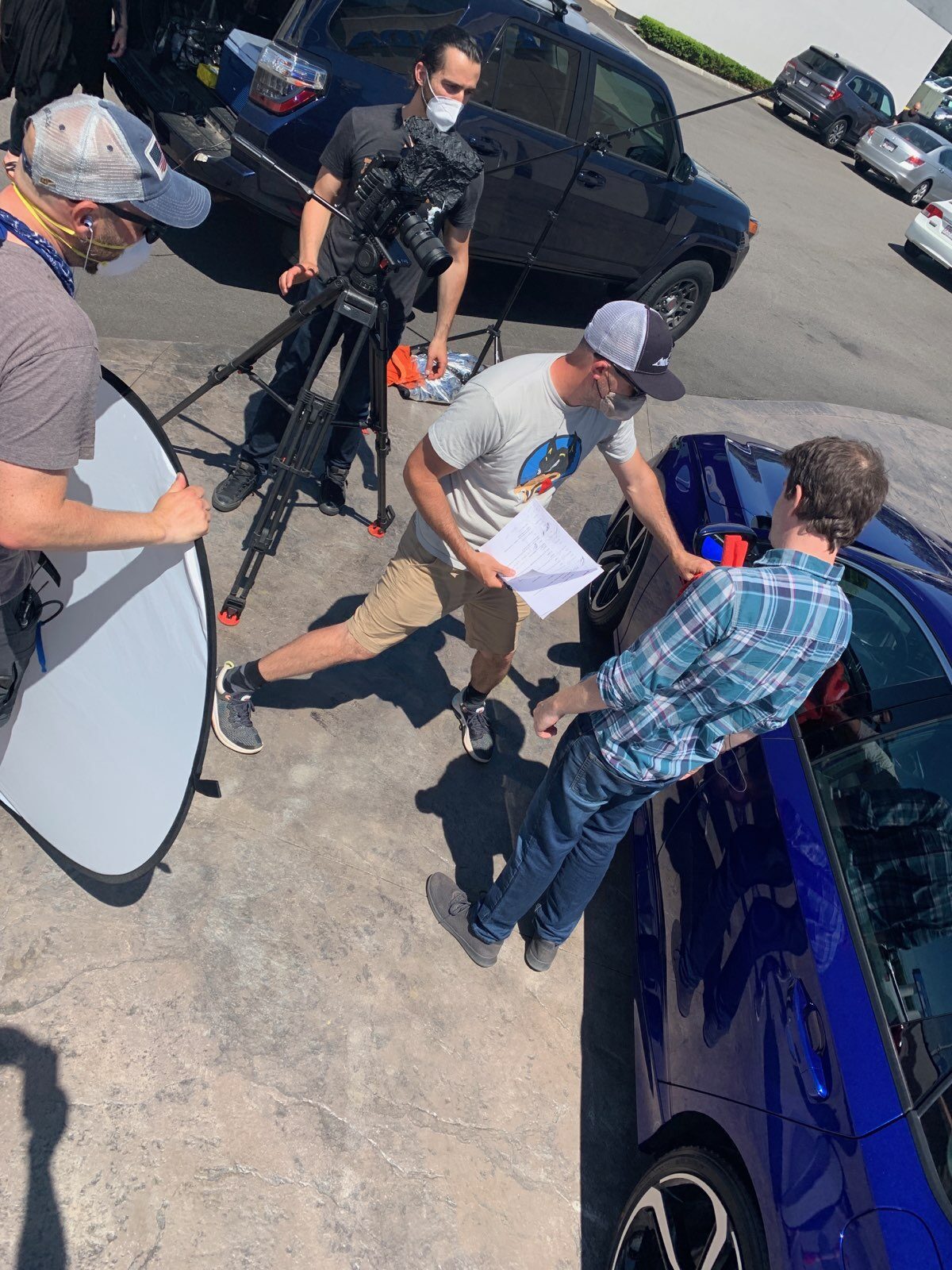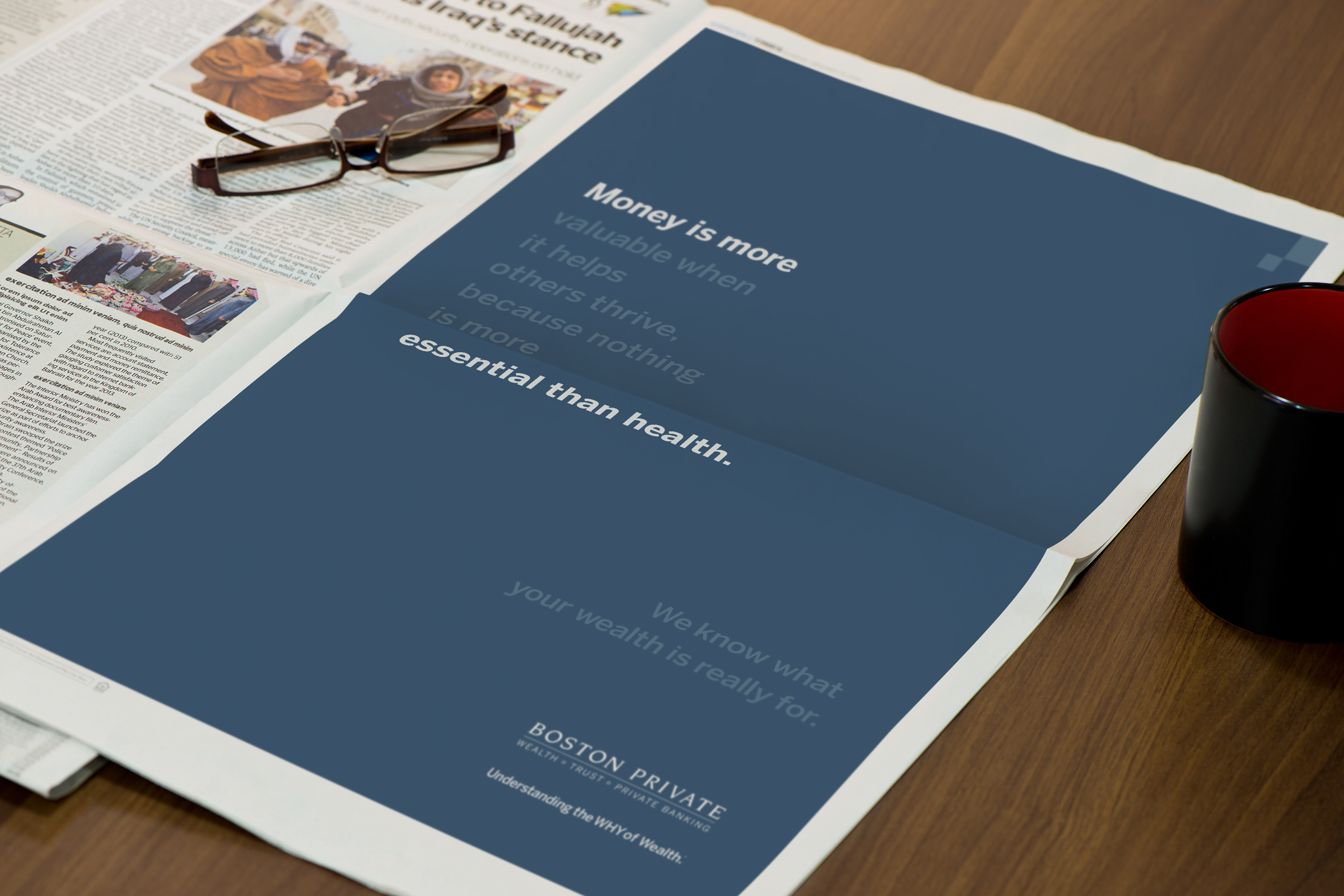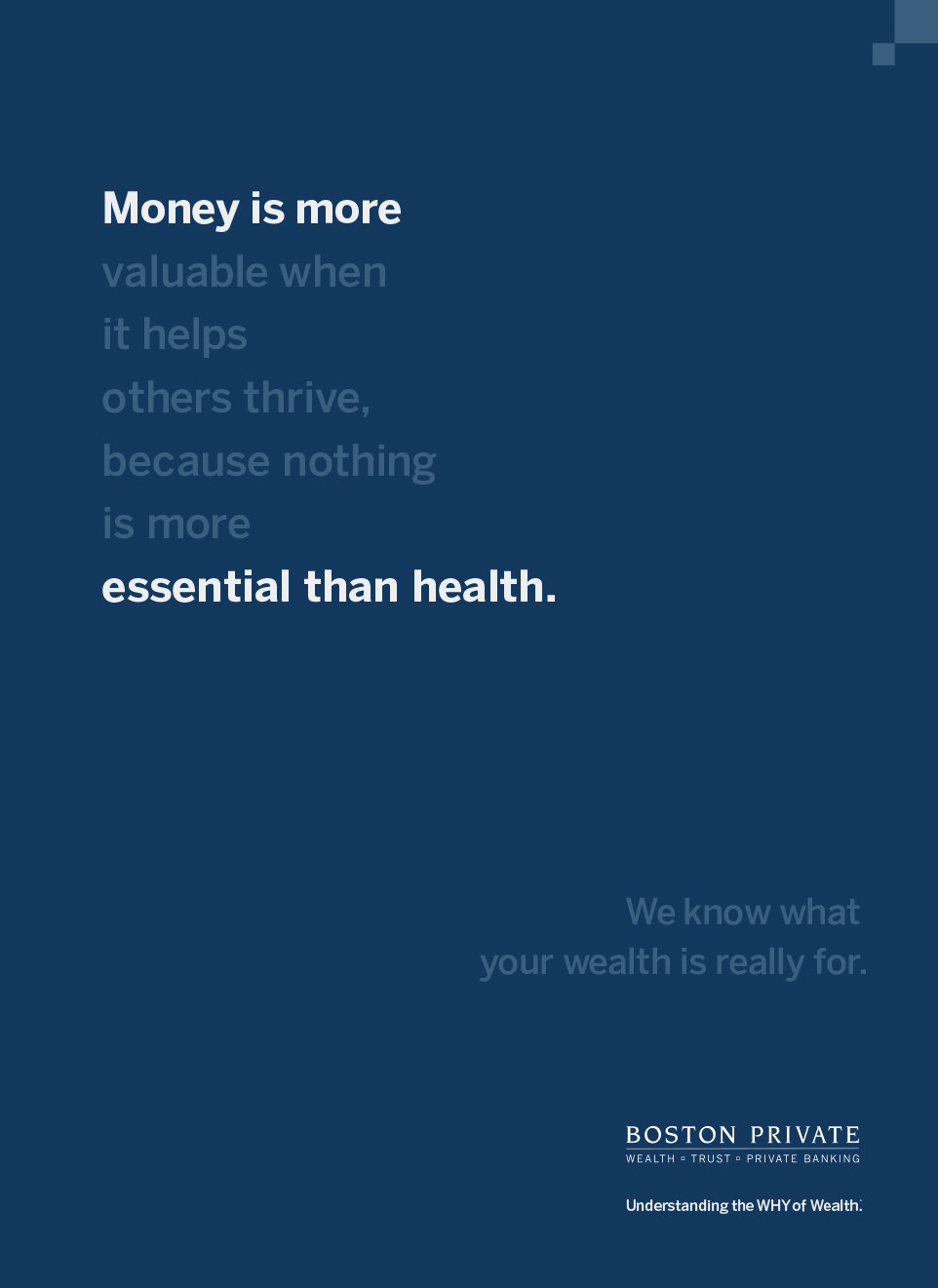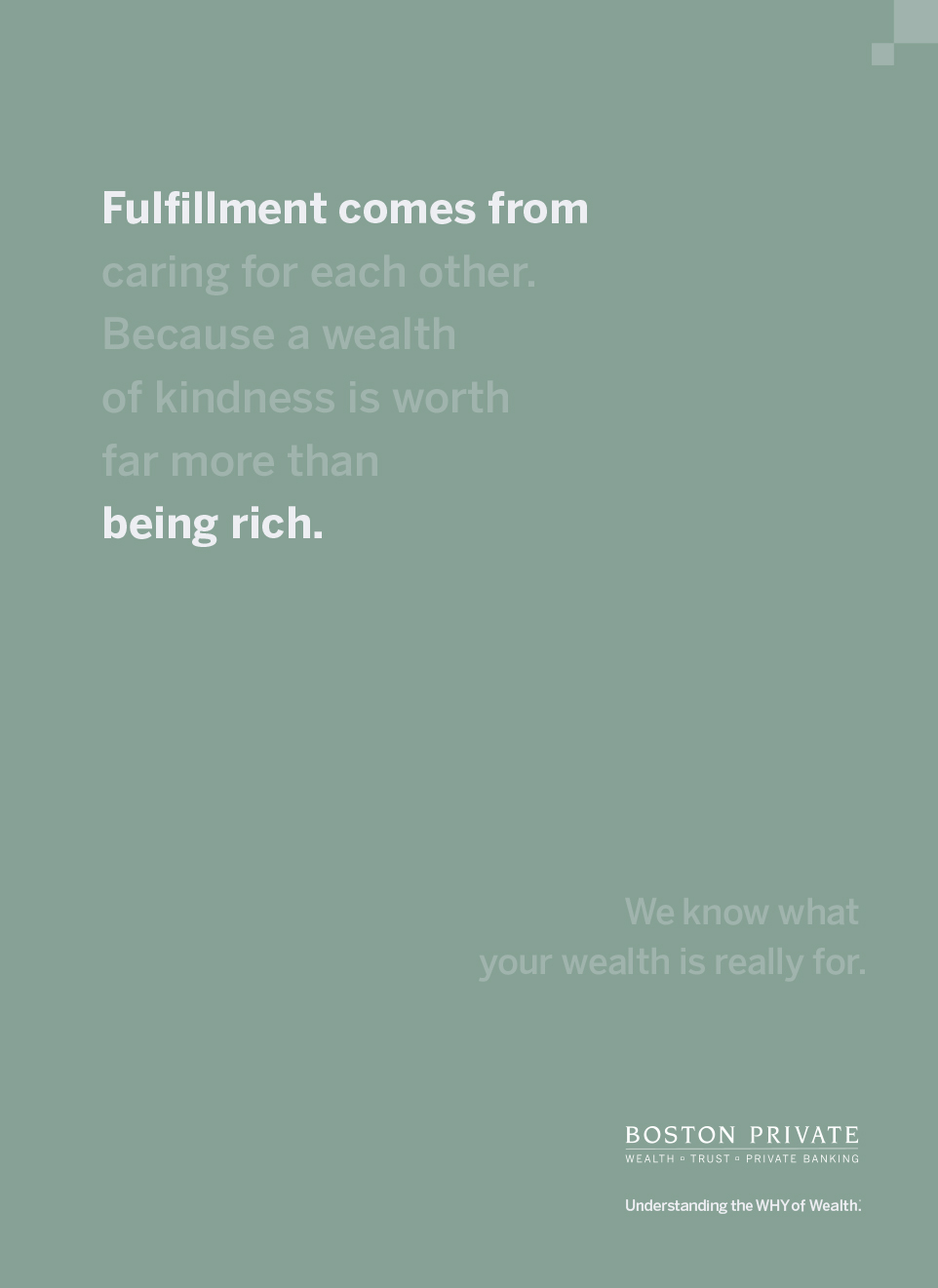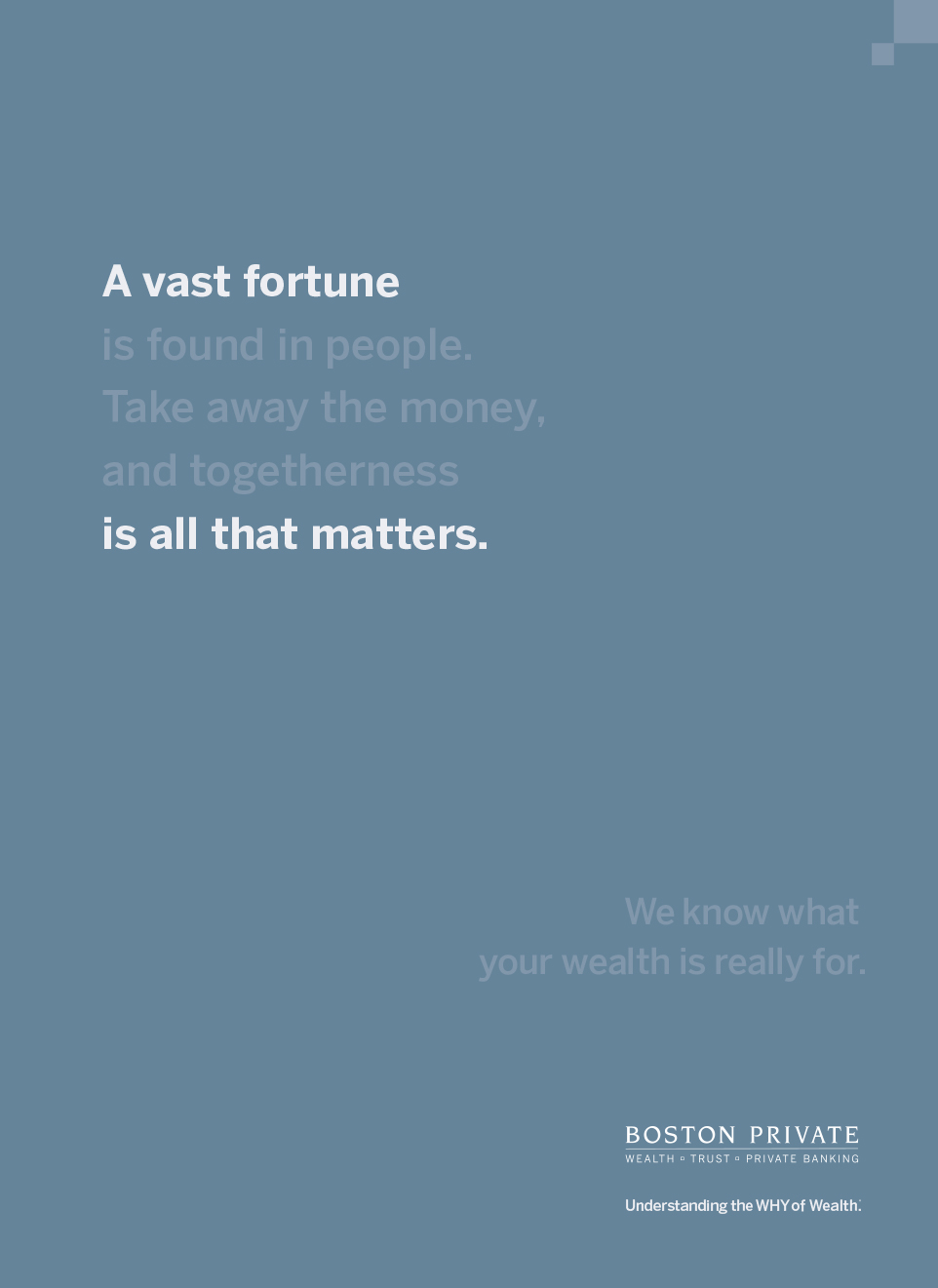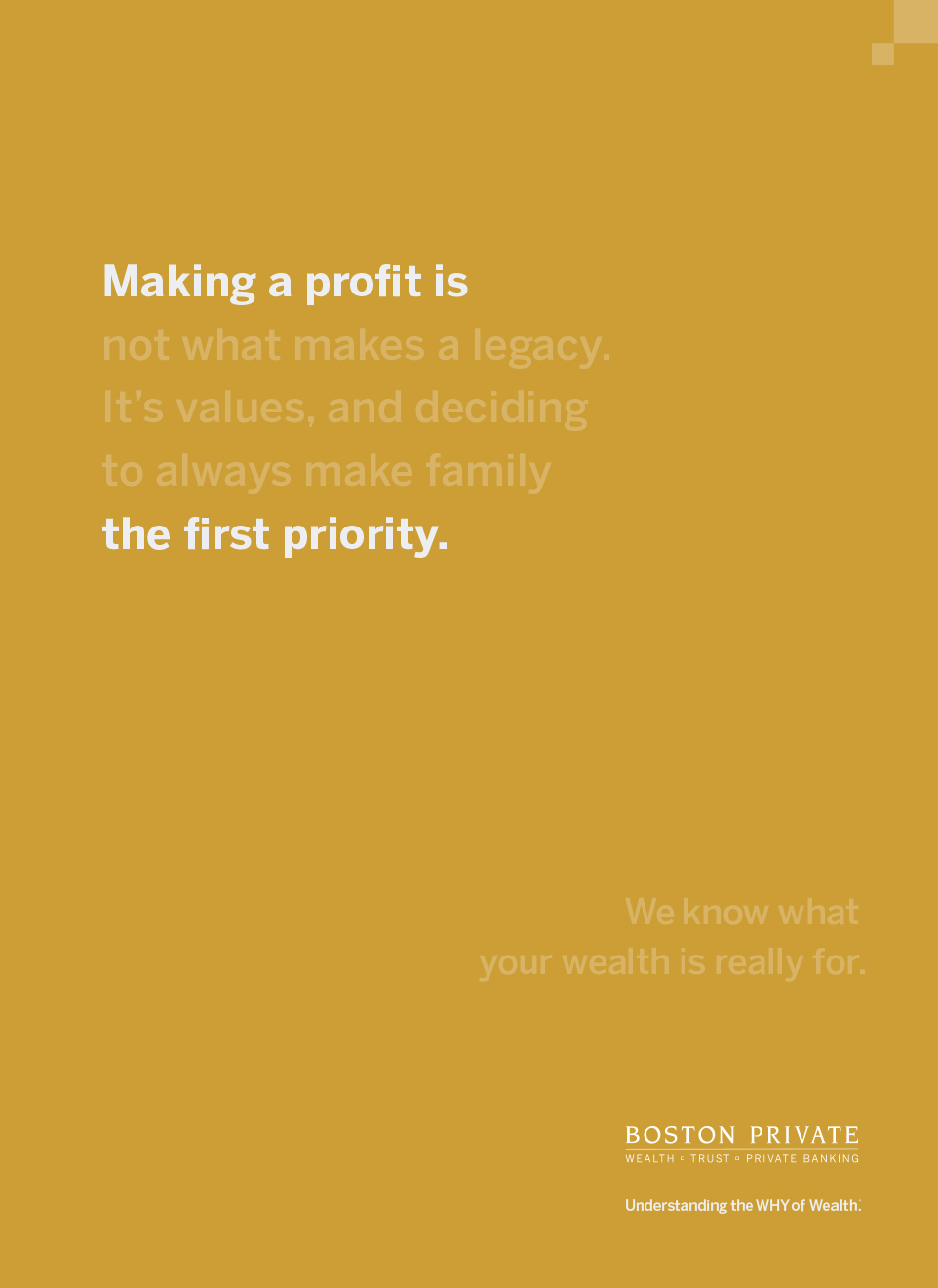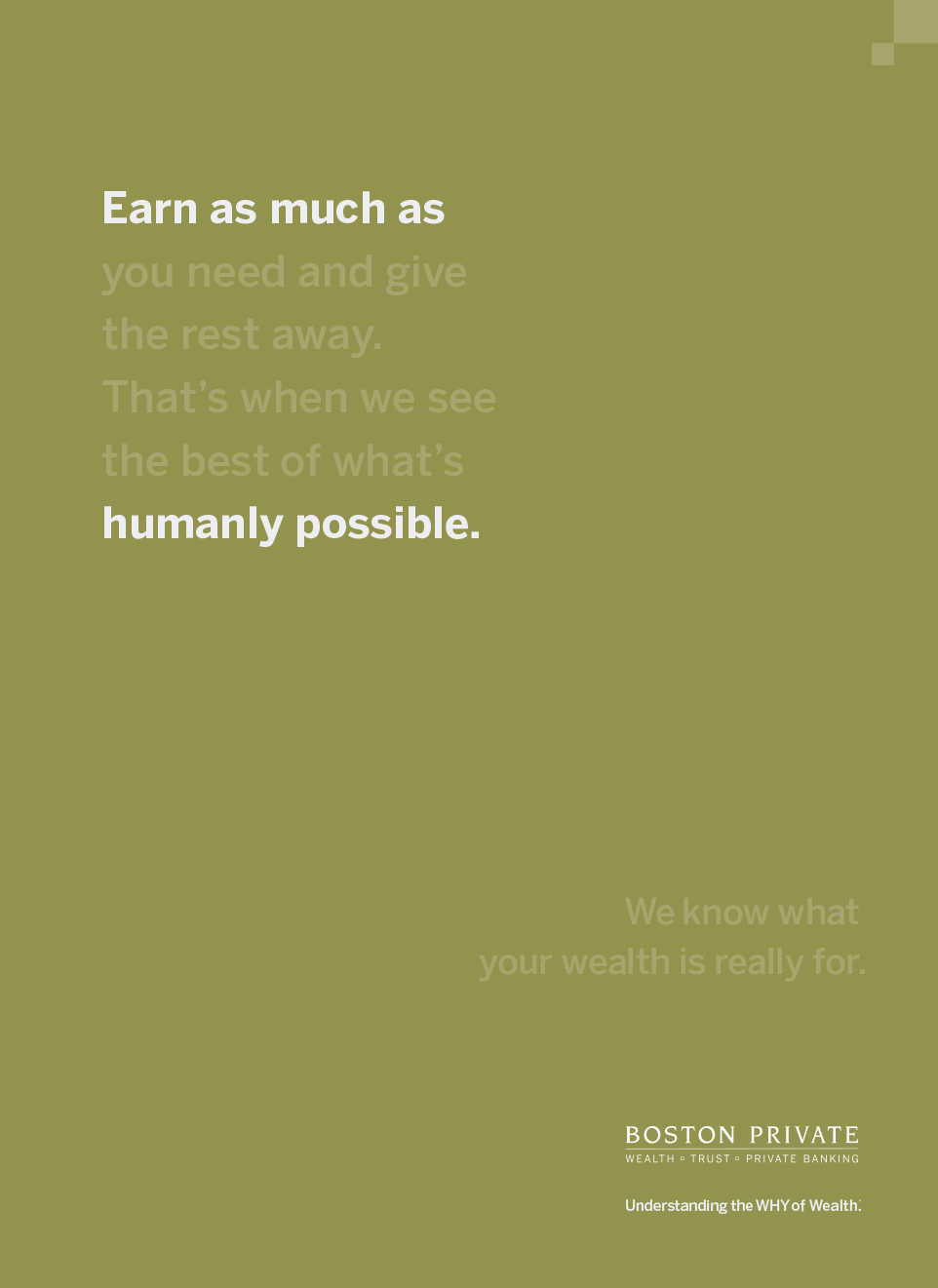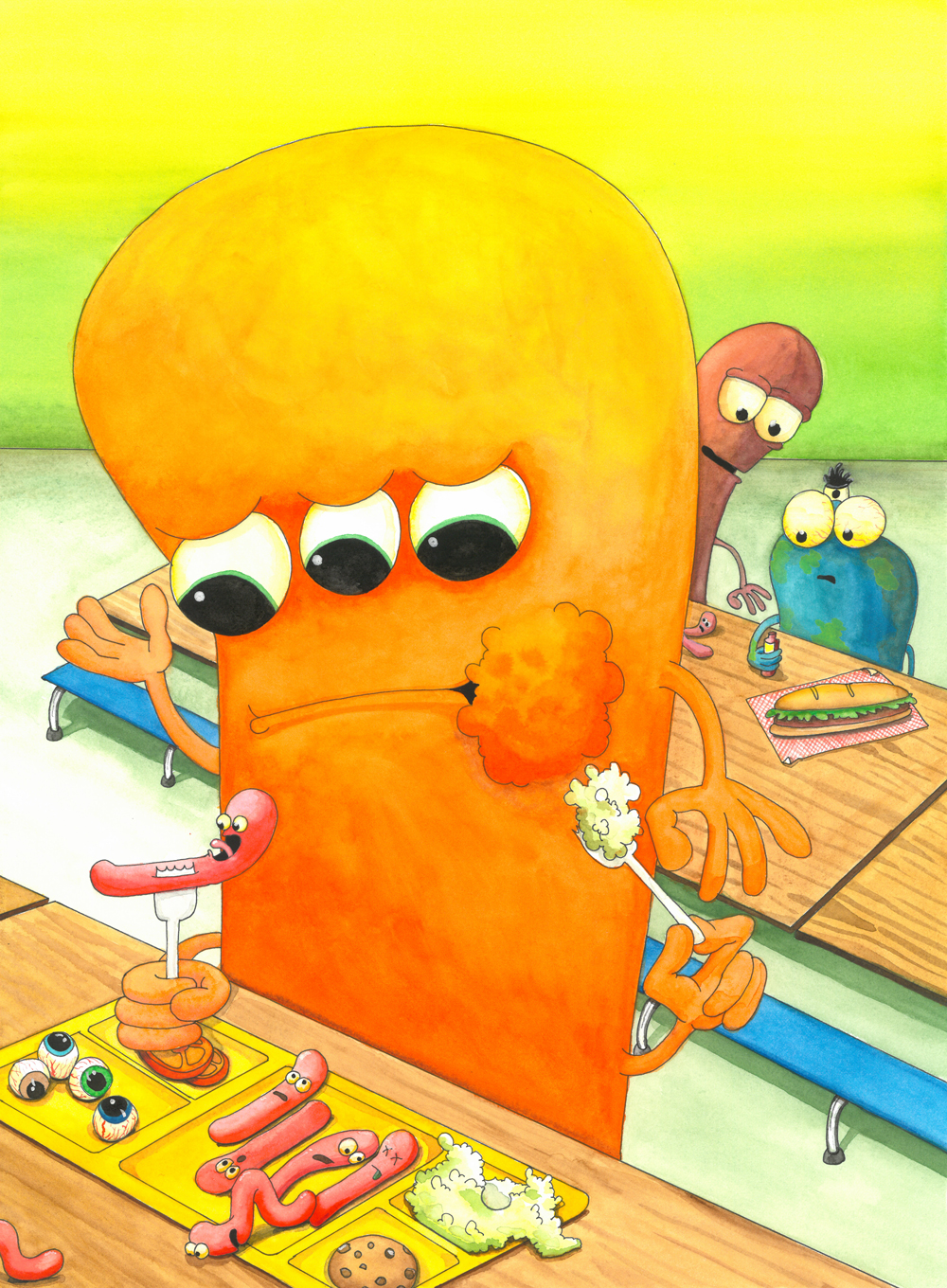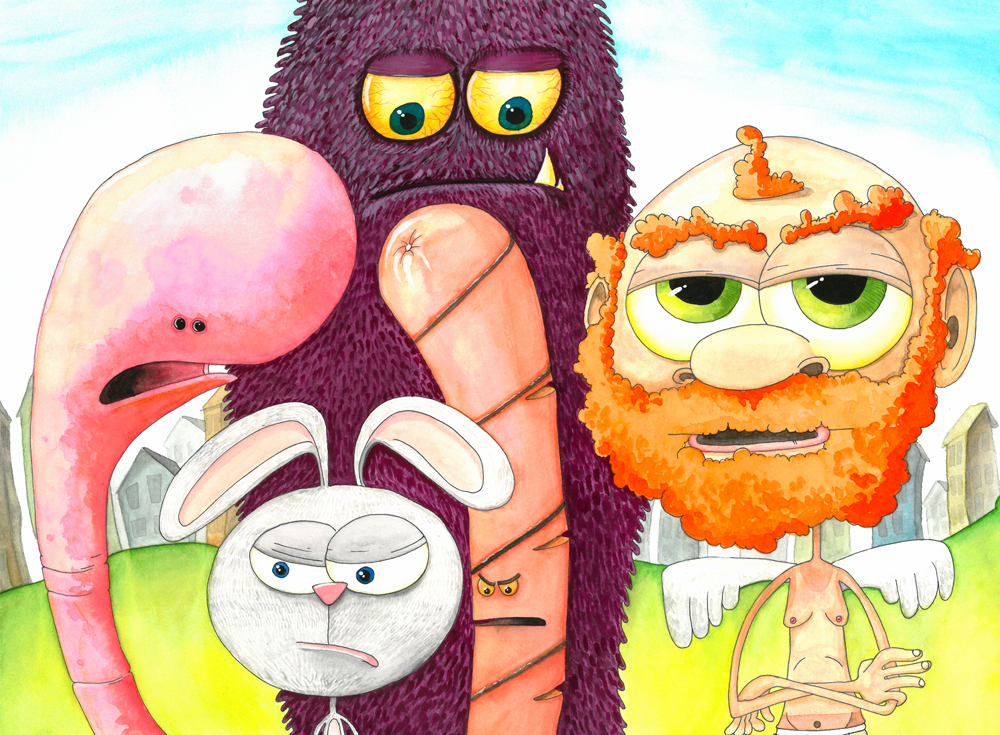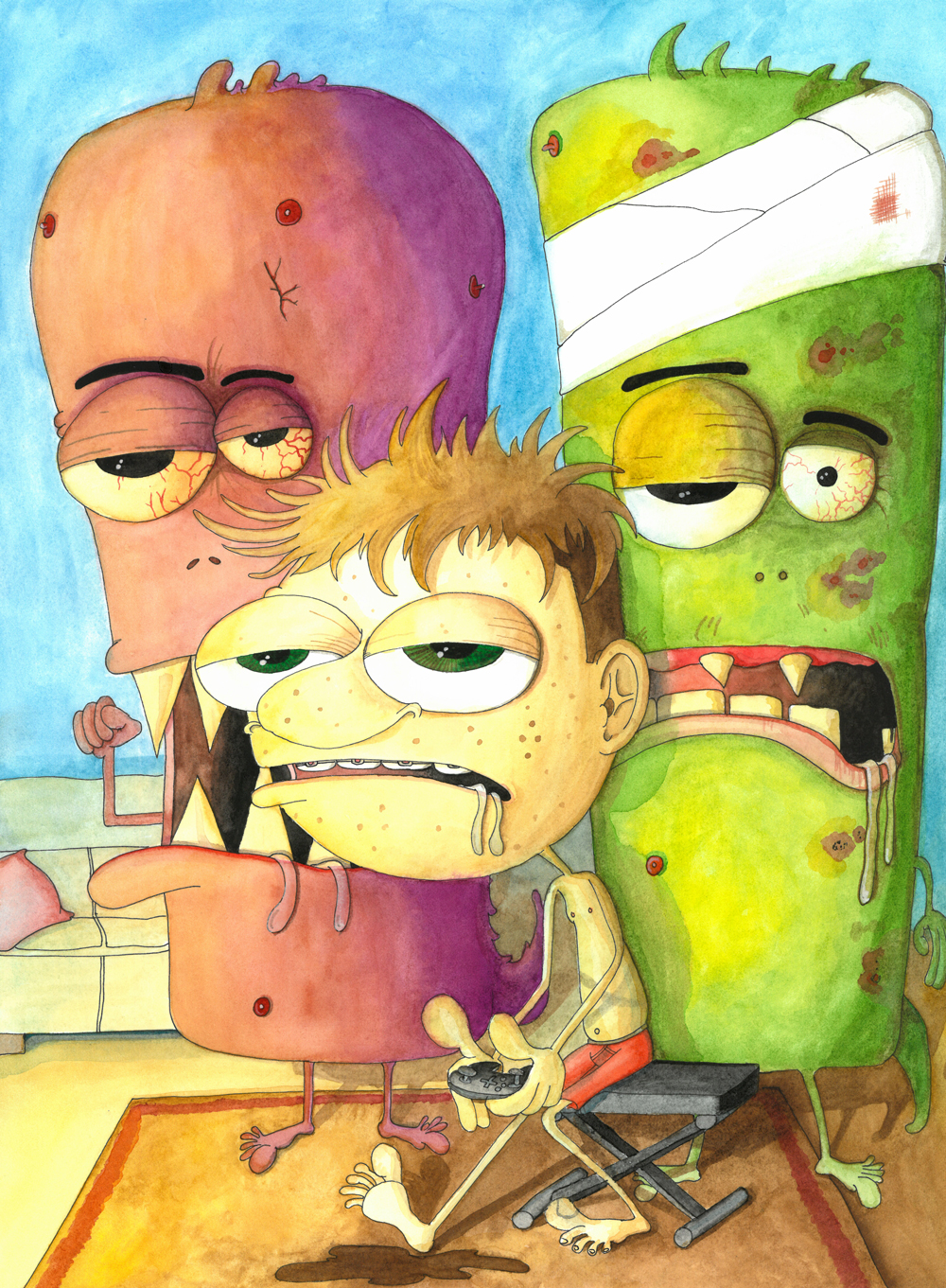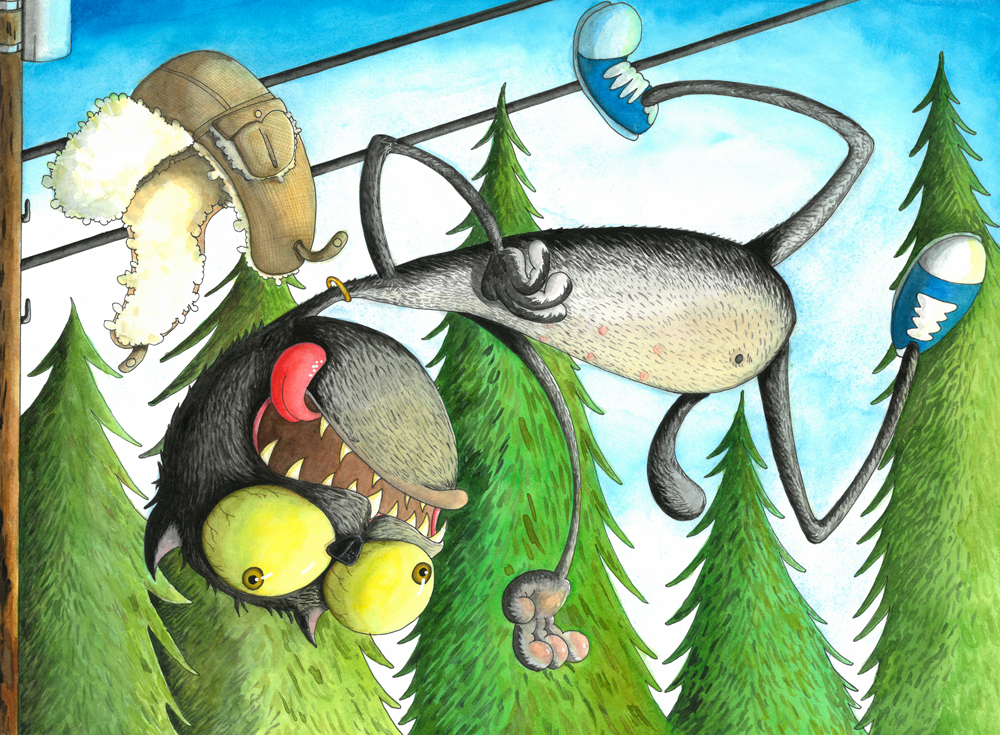Full Contact’s Social Media Intern, Ariana Revelas, took a dive into the world of TikTok and made it all make sense.
You’ve heard the name. You know family, friends, or co-workers are all over it, learning dances or obsessing over cute dogs and babies but you’re sitting there saying “What is TikTok?”
TikTok is the newest social platform to take the world by storm. It is a video-based platform with the 6th largest global social network, with over 1 billion users. Why did it grow so big so fast? A lot of that success comes straight from the algorithm which directly impacts how content is served up to the TikTokers of the world.
The algorithm pulls content into a user’s “For You” page and is based on user interactions, video information, and device settings. When a video is posted it is first shown to the account’s followers and people most likely interested in the video details (Video details are what help new profiles gain visibility). From there on, user interactions decide the content’s next route of distribution in new subsets of user feeds (Positive user response to a video tells the algorithm to show the video to more consumers).
Essentially, TikTok wants to show you content that you are interested in and that’s what the “For You” page is all about. User interests could be anything from cute dogs and babies to very specific niche interests like The Avengers movies or pool cleaning videos.
Here is a video of what the platform looks like and how it is used:
Now that you know what TikTok looks like and have somewhat of an idea of how it works, here is what you need to know if your brand is looking to utilize this platform:
Is your target audience on TikTok?
Gen Z popularized the app but in the past year the demographics have expanded. Currently the U.S. user age breakdown is as follows:
Ages 10-19: 32.5%
Ages 20-29: 29.5%
Ages 30-39: 13.9%
Ages 40-49: 13.9%
Ages 50+: 7.1%
Data via Comscore.
How does a brand get started on TikTok?
TikTok holds some of the weirdest content on the internet, currently, so I would say that most things, go. However, it is important to do some initial research to see if other competitors in your industry are utilizing TikTok. For example, TikTok is home to a plethora of food content so a brand like Papa Gino’s would excel on the platform with local New England pizza content.
Only dive into the TikTok space if you have the time and resources to create content. Although TikTok may be the hottest new platform to jump on, make sure you understand how TikTok will give you an edge and support your brand’s goals and objectives.
Find out what your target audience likes, wants, and doesn’t like. Think about your competitors – what kind of content are they posting? Search for keywords and hashtags so you can stay on top of trends around your brand, products, or industry. Proactive listening and joining conversations about your brand is a great start.
What makes a brand successful on TikTok?
TikTok is an innovative, creative platform that is all about fun. Take inspiration from trends and memes, understand how creators native to the platform create trending content, and leverage TikTok’s ability to engage with sound and music.
What should a brand avoid on TikTok?
Don’t plug your own brand and product from the get-go. Many brands excel on TikTok while avoiding marketing their products altogether. Remember, users are not on TikTok to see ads so you have to create content that is engaging and trend-based.
Don’t repurpose content originally meant to be shared on other platforms. TikTok is a beast of its own so some content that can be transferrable between Twitter, Facebook, and Instagram, may not work for TikTok.
Lastly, stay away from looking too sleek and polished. Your first instinct for posting social content for your brand is to have the best-looking products out there for your consumers to see, but TikTok content flourishes when it is more spontaneous and less “produced.”
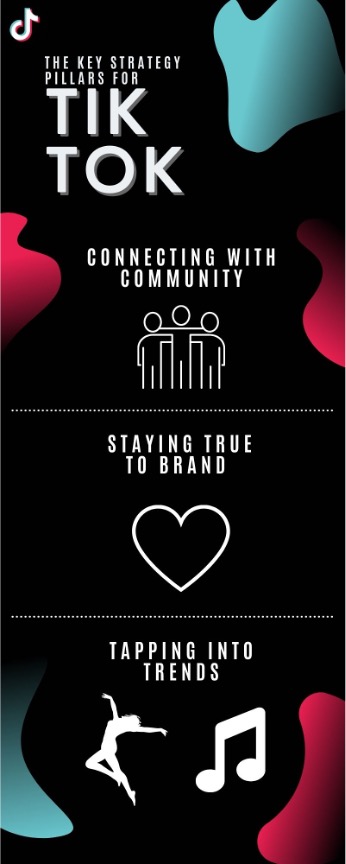
Some of our favorite brands on TikTok:
Gymshark has built a community on TikTok by working with popular creators, sharing user generated content, and utilizes the platform as another channel for customer service.
Ryanair focuses on entertaining their followers by participating in relevant trends, and using the platform to connect with people versus using it as a marketing tactic.
The NFL utilizes trending sounds and mic’ed up player audio to make their players more approachable and relatable. They do this through Q&As, interviews, dances, and bloopers.
So, what’s next for you and your brand? The best thing you could do, right now, is to download TikTok, explore, and see what connects with and inspires you. Next, think about how this new medium may, or may not, fit into your overall messaging and communication strategy. You never know what will go viral until you step outside your comfort zone and look at TikTok as a new platform for your brand to shine.







